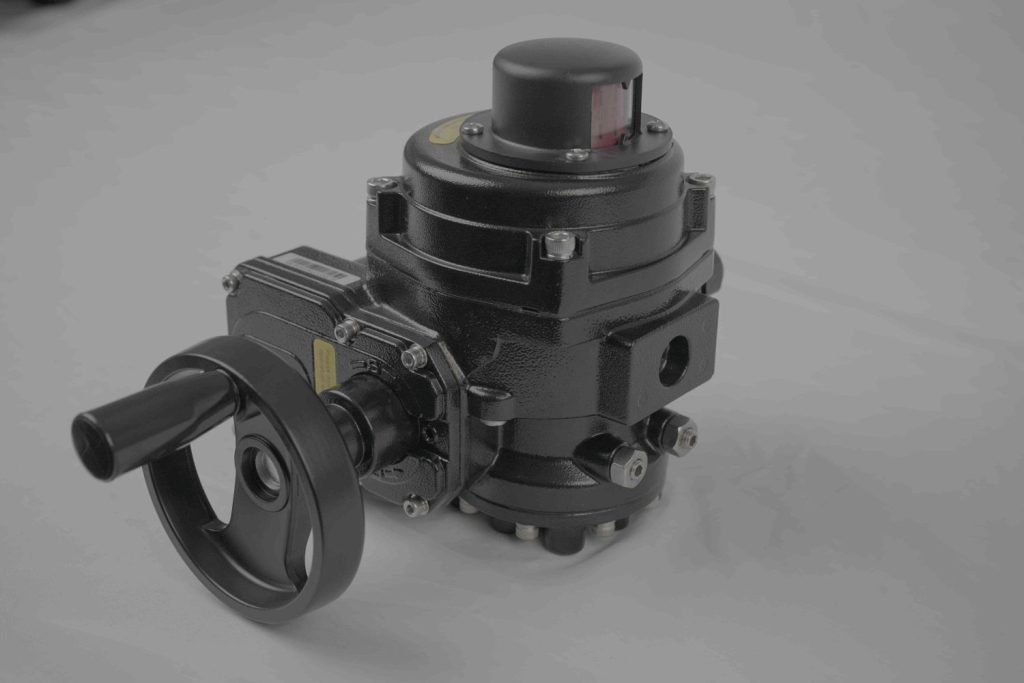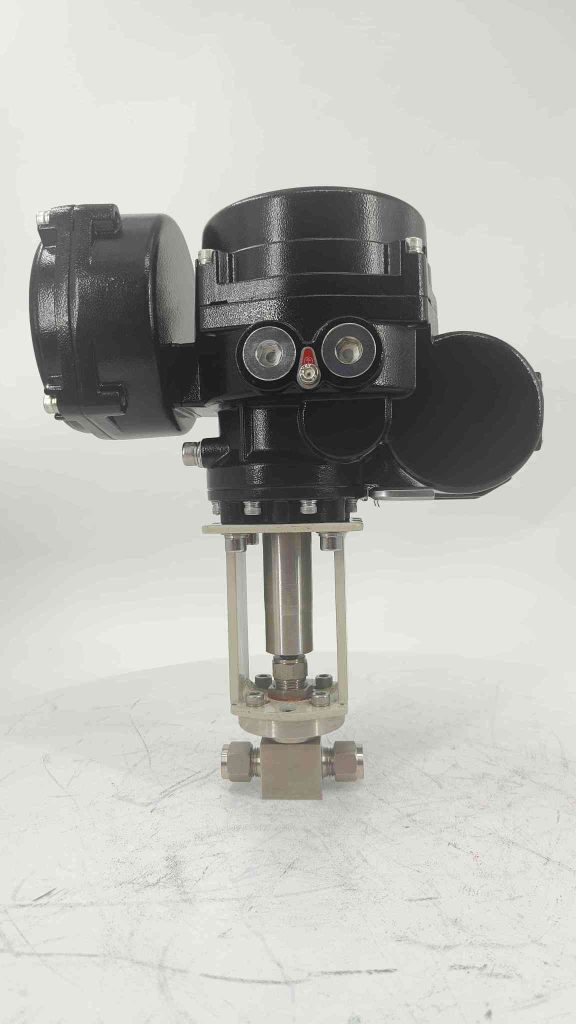Lithium batteries have revolutionized the way we store and use energy, powering everything from smartphones to electric vehicles. As these batteries become increasingly prevalent, the importance of their components, particularly lithium battery valves, has gained significant attention. This article explores the role of lithium battery valves, their functioning, and their impact on the performance and safety of lithium battery systems.

What Are Lithium Battery Valves?

Lithium battery valves are critical components designed to regulate the pressure within a battery cell. These valves are essential for maintaining safe operation and ensuring the longevity of the battery. They function as safety mechanisms, preventing the buildup of excess pressure that could lead to catastrophic failures, such as leaks or explosions. The valves typically operate automatically, releasing gas when the internal pressure exceeds a predetermined threshold. The Need for Pressure Regulation During the operation of lithium batteries, particularly under high-stress conditions such as rapid charging or discharging, gases may be generated. These gases are a byproduct of chemical reactions occurring within the battery and can lead to increased internal pressure. If not properly managed, this pressure can compromise the integrity of the battery casing and result in severe safety hazards. This is where lithium battery valves come into play.
